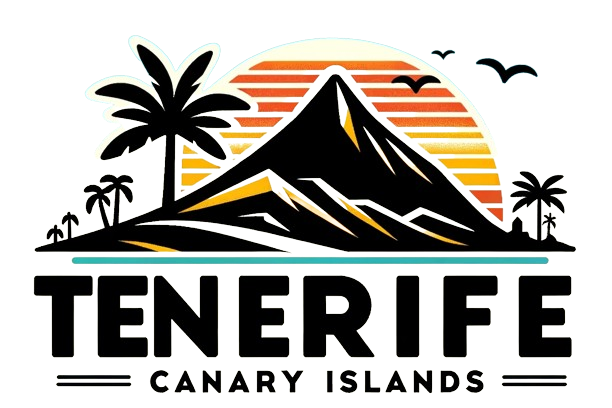Tenerife’s Ambitious Plan for Geothermal Energy by 2030
The picturesque island of Tenerife is gearing up to launch its very first geothermal power plant by the year 2030, contingent upon the successful evaluation of research boreholes located in Vilaflor de Chasna. This initiative marks a significant step towards diversifying the island’s energy portfolio and enhancing its sustainability efforts.
Unveiling the Geothermal Energy Vision
This groundbreaking announcement was made by Joaquín Gurriarán, the director of DISA Renovables, during a community meeting hosted by the Geothermal Energy Consortium of the Canary Islands (EGC). The event featured a detailed simulation that illustrated how the future geothermal plant would seamlessly integrate into the local environment. Juan José Martínez, president of EGC and councillor for Innovation at the Cabildo, emphasized that Vilaflor is recognized for having the highest surface geothermal potential on the island. He passionately stated, “Geothermal energy would be like winning the lottery for Tenerife. Currently, we are almost entirely dependent on photovoltaic and wind power, managing barely 20% renewable energy. With geothermal energy, we would take a substantial leap towards a sustainable and stable model, with minimal impact on the territory.”
Financial Backing and Environmental Safeguards
The geothermal project is estimated to require a total investment of €86 million, with half of this amount being financed by the State. Additionally, it will benefit from financial support through the European Union’s Next Generation funds, which will contribute €43.2 million from the Recovery Plan. Each detailed study associated with the project is projected to cost around €10 million. Water for the Vilaflor site will be sourced from the Fonsalía desalination plant, ensuring that the project has a sustainable water supply. Project leaders have assured the community that the environmental impact will be minimal, as the initiative will not disrupt existing irrigation systems, and access roads to exploration areas will be improved.
Commitment to Safety and Clean Energy Solutions
Martínez expressed confidence in the project’s safety, asserting that it poses “no issues without solutions” and is expected to generate a surplus of water for the local community. The geothermal plant is anticipated to have a capacity of 5 MW, which could eliminate the need for approximately 72,000 barrels of oil annually. Gurriarán highlighted that geothermal energy would provide “peace of mind against blackouts” and significantly reduce the island’s reliance on fossil fuels. He clarified that the current phase of the project involves research drilling, rather than immediate construction of the plant, allowing for thorough assessments before any physical development begins.
A Unique Opportunity for the Canary Islands
Nemesio Pérez, director of Involcan, underscored the uniqueness of the Canary Islands, noting that it is the only region in Spain with high-enthalpy geothermal potential. He stated, “We have been researching for decades and we cannot miss this opportunity. If you want to win the game, you have to play it.” Pérez emphasized the necessity of enhancing public awareness and understanding of this project, which aims to deepen knowledge of Tenerife’s subsurface at various depths, providing crucial insights into the island’s geological and volcanic history.
Community Involvement and Learning from Global Examples
The community meeting also showcased international case studies, including a successful geothermal power plant on the island of São Miguel in the Azores, which currently meets 21% of local electricity demand. Historical drilling projects in Tenerife and Lanzarote were reviewed, demonstrating that these initiatives have left no environmental footprint in the areas explored. The session concluded with a Q&A segment, allowing residents to voice their concerns about water usage, project feasibility, and landscape integration, fostering a sense of community involvement and transparency.
The EGC consortium comprises the Cabildo of Tenerife, through ITER and Involcan, DISA, and the Icelandic firm Reykjavik Geothermal. Its mission is to explore and develop the geothermal potential of the island through comprehensive research permits and viability studies, paving the way for a more sustainable energy future.
Key points
- Tenerife’s first geothermal power plant could be operational by 2030, pending research results.
- The project will require an investment of €86 million, with half funded by the State.
- Geothermal energy could significantly reduce Tenerife’s reliance on fossil fuels.
- The plant is expected to have a capacity of 5 MW, eliminating the need for 72,000 barrels of oil annually.
- The EGC aims to explore and develop geothermal potential through research and viability studies.
